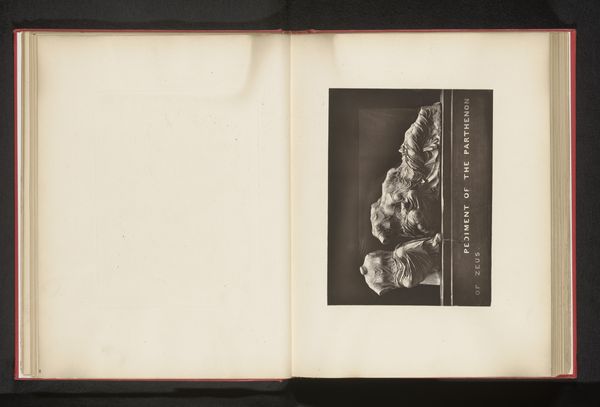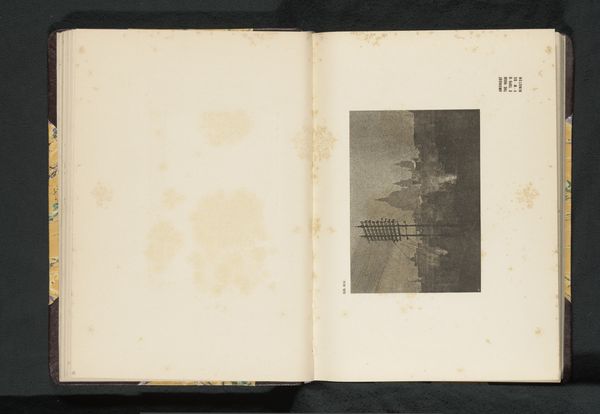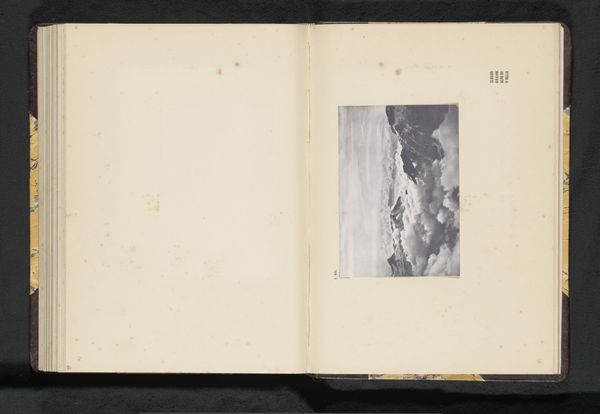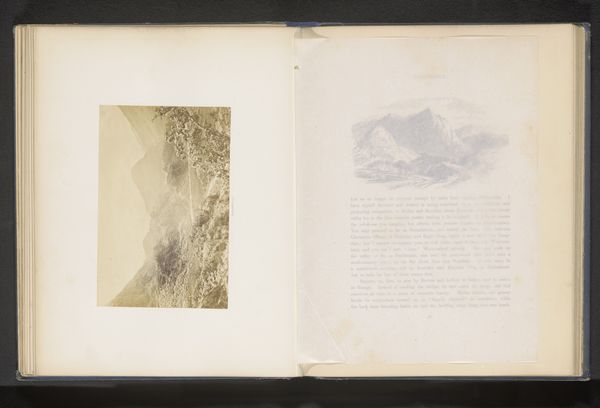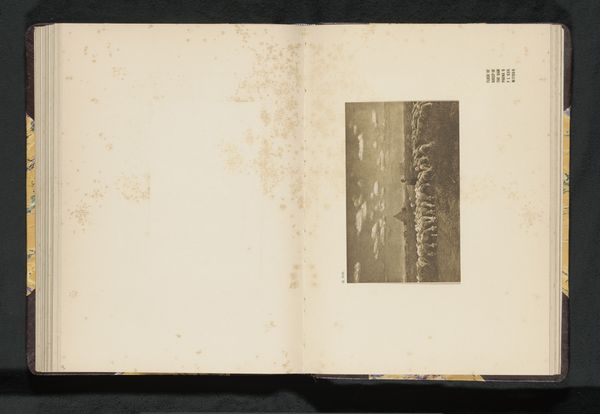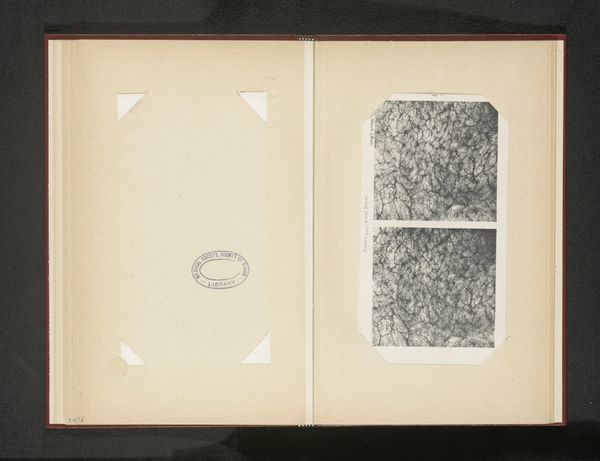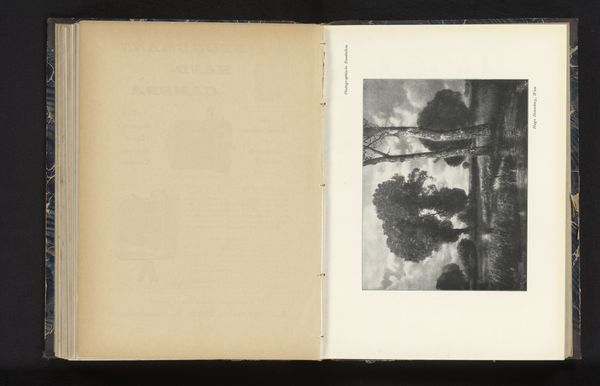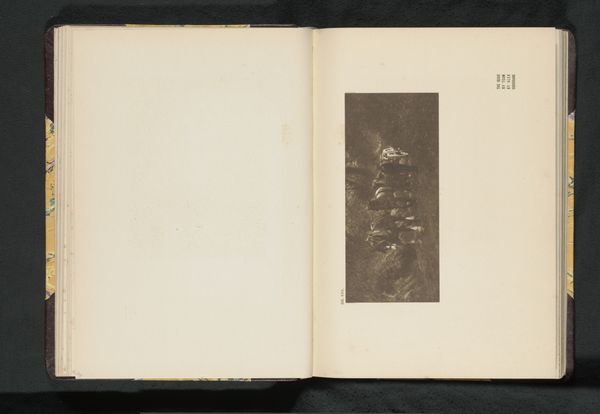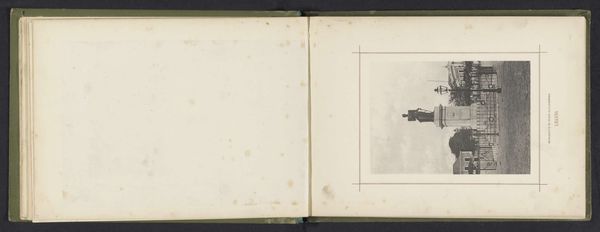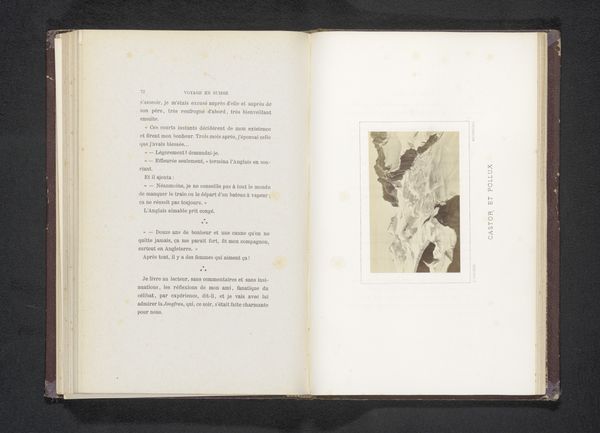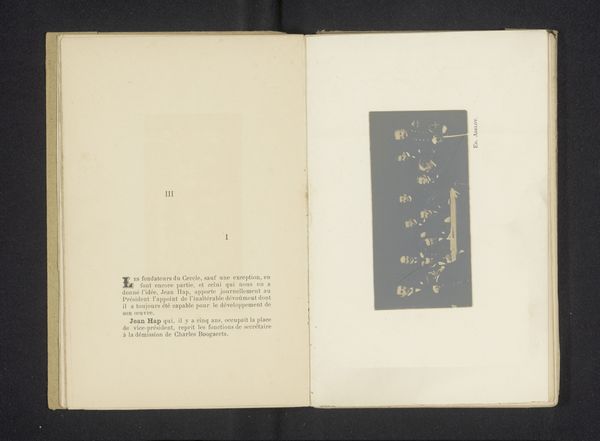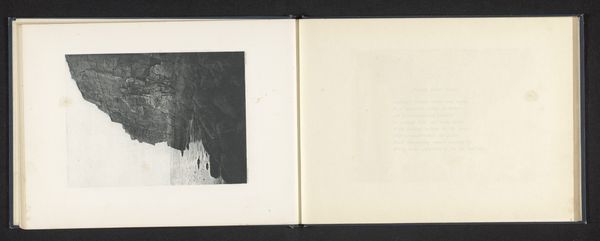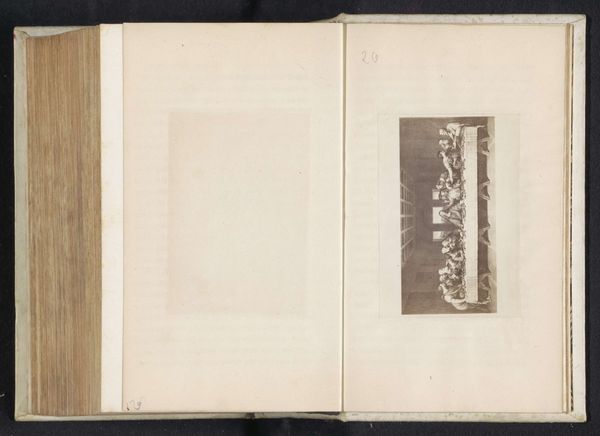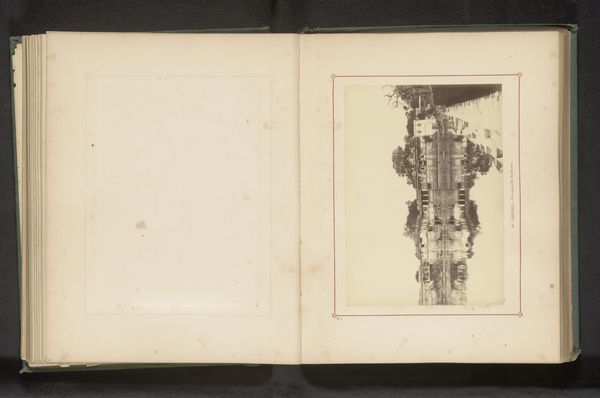
print, cyanotype, photography
#
still-life-photography
#
16_19th-century
# print
#
cyanotype
#
photography
Dimensions: Image: 25.3 x 20 cm (9 15/16 x 7 7/8 in.)
Copyright: Public Domain
Curator: Looking at this striking cyanotype print, I’m struck by the deep Prussian blue. The ethereal white forms against it give a very particular mood. What do you see? Editor: Initially, I perceive a ghostly presence against an ultramarine expanse, maybe suggesting themes of ephemerality and memory. It’s hauntingly beautiful. Curator: The work you're describing is titled "Nostoe commune" by Anna Atkins, dating between 1851 and 1855. This photogram presents a delicate algae specimen rendered through the cyanotype process. Editor: Cyanotype! That's key, considering Atkins' historical context. This was quite groundbreaking, wasn't it? Placing specimens directly on treated paper and exposing them to light feels like both science and art, collapsing categories assigned by patriarchal structures. Curator: Exactly. Think of the meticulous labor: gathering, pressing, identifying, and then painstakingly creating these photograms. This challenges the notions of artistic production that historically sidelined craftwork and other kinds of manual labor performed outside art circles. Editor: I appreciate you calling attention to the process. Beyond that, isn’t she challenging male-dominated scientific and artistic communities through this very act? Aren't women traditionally excluded from these realms? And look at the original publication context! Curator: Absolutely, creating these works involved skills of precise execution and material engagement. Atkins was actively participating in scientific documentation and engaging in an otherwise masculine arena of research. The creation challenges the art versus science framework by combining both skill sets and aims of both. Editor: Placing this single plate within its larger body of work, that album... it transforms our understanding of photographic history and the role women played. This challenges any simplistic idea that photographic documentation is gender-neutral or simply “objective." Curator: Right, considering its status in the Met collection really makes one think of the journey that the physical materials took, from raw production and gathering to display in a formal institutional setting. I keep returning to its aesthetic impact as well, how that plays into its cultural resonance. Editor: It certainly speaks to the potential for quiet acts of rebellion to reverberate across history. This object encourages critical examination of power and visual culture of 19th century British society, in what can be understood as scientific progress. Curator: Considering both the concrete materiality of this algae and its ghostly aesthetic representation by Atkins has changed my appreciation. Thanks! Editor: Indeed. Thinking about science as art in this moment opens fresh avenues for inquiry in my future exploration!
Comments
No comments
Be the first to comment and join the conversation on the ultimate creative platform.

